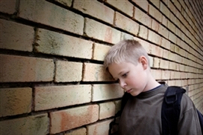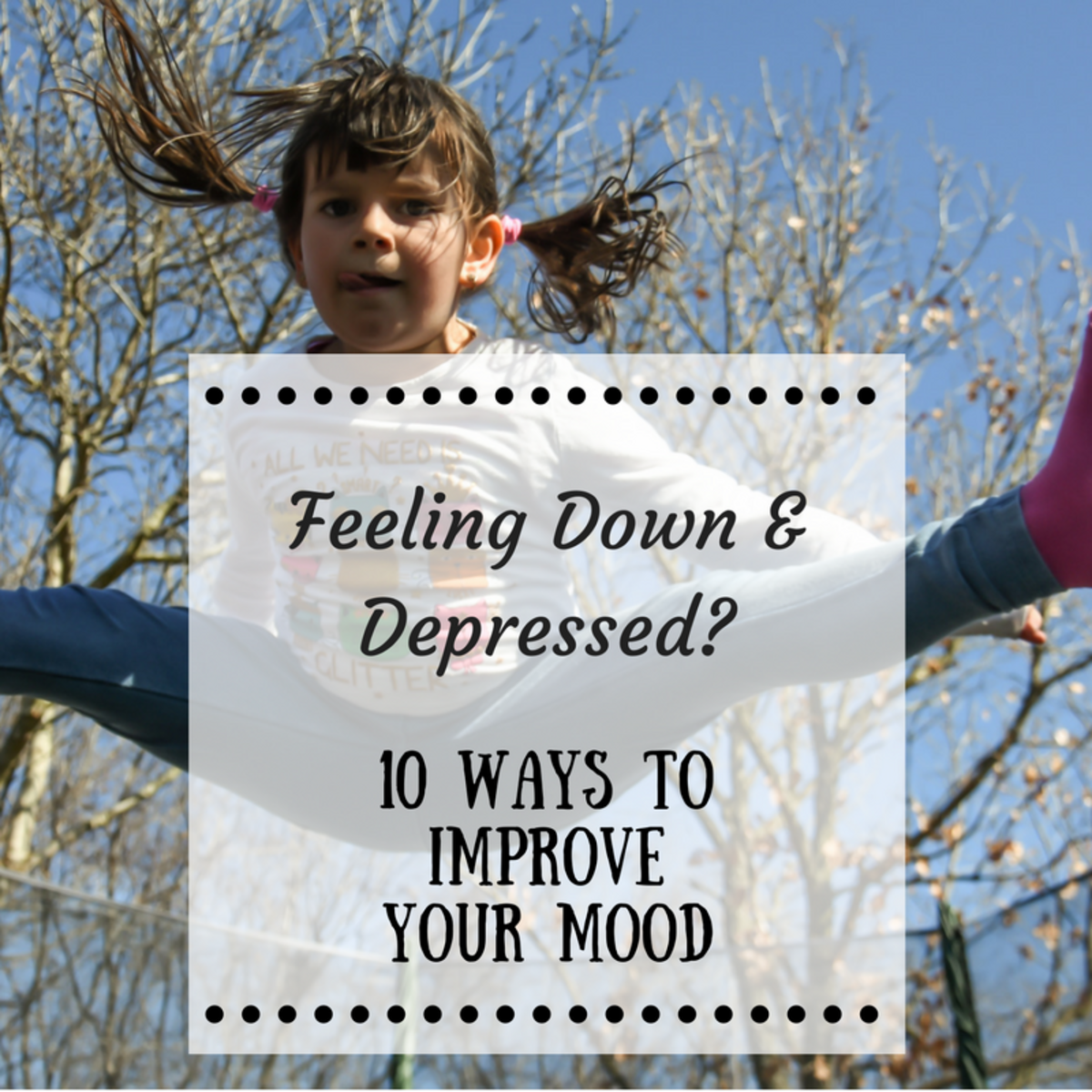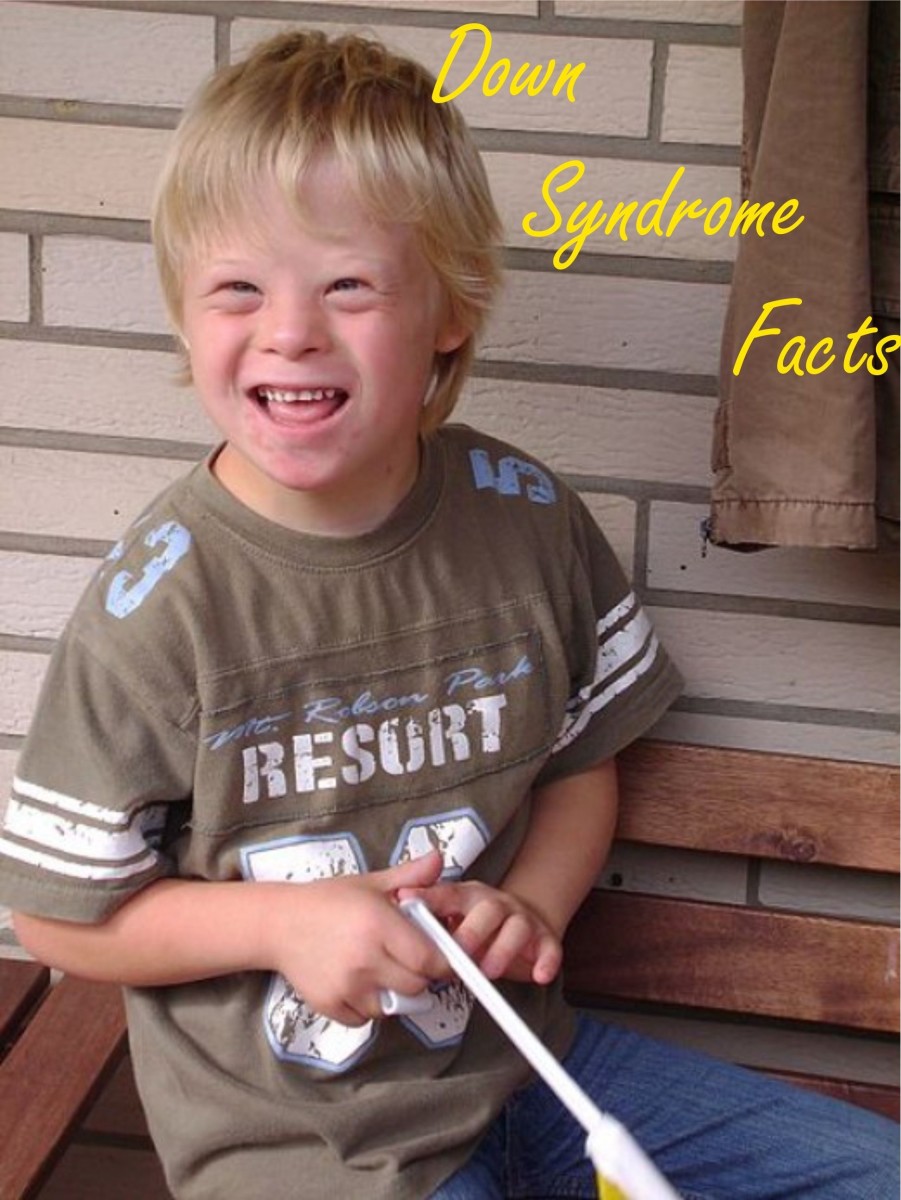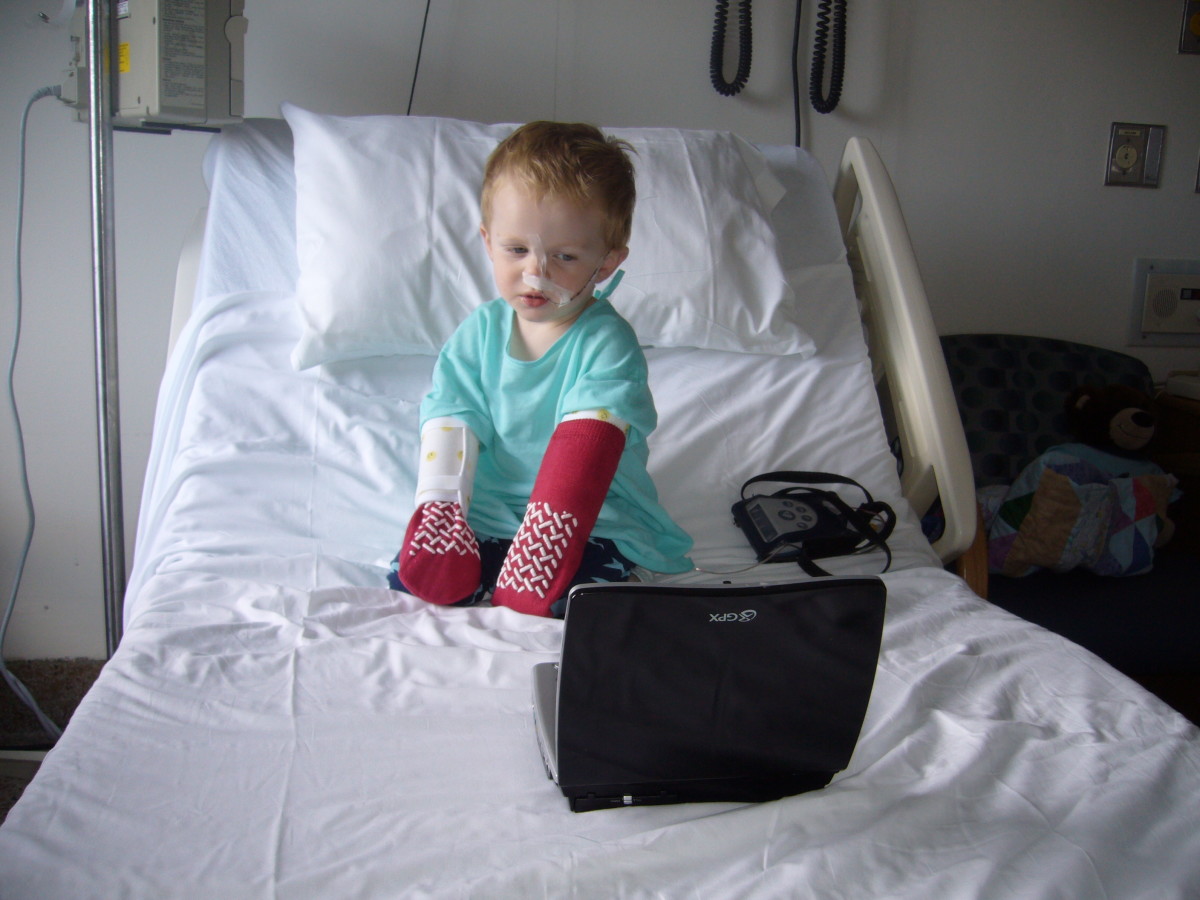Is Your Child Depressed?

When speaking of depression, one immediately associates the mental state with people of adult age. The truth is that depression can strike at any age. Children and teens are no less likely to experience depression that their adult counterparts. A common misconception about childhood and depression is that adults often compare their reasons for depression to the lack of stresses we assume a child may suffer. As adults we look back on our childhoods and remember them as care-free and stress-free times. In actuality, preschool age children are the fastest growing age group being prescribed antidepressants. The National Mental Health Association states that suicide is the 6th leading cause of death for 5 – 14 year olds. While it is hard to say what is causing the increase in the rate of depression affecting our children, we do know that both childhood substance and alcohol abuse and childhood depression is rising at alarming rates.
While children with a family history of depression are more at risk of experiencing depression themselves, there are many reasons a child can become depressed. Peer pressure, scholastic expectations, as well as familial ones, can all contribute to the depressed state. The most common causes of childhood depression are improper diet and exercise, chronic illnesses, loss or grief, insufficient parental attention, abuse and continued exposure to negative factors such as bad neighborhoods or instability in the home.
Depression is one of the leading causes of poor performance in the scholastic setting. It's associated with difficulties in a wide array of school related behaviors and attitudes such as acting out, learning disabilities, and delinquency. It is often the underlying factor in a number of disorders such as panic and eating disorders as well as developing phobias. Substance and alcohol abuse, sexual promiscuity, violence and suicide are often linked back to depression.
Depending on the age and maturity level of the child in question, depression can show itself in different ways. The younger the child, the less ability they possess to identify and express their feelings adequately. Children under the age of five most often show their depression through behavioral and attitudinal expressions such as continual sadness, displays of aggression and anger, shyness, and/or moodiness. Unexplained physical symptoms such as headaches, nausea, cramps, excessive tiredness, and nightmares may also be present.
When children are depressed, a sudden disinterest in activities they once enjoyed may be noticed, as well as an undo fascination with the morbid such as death and dying. They can either be extremely lethargic or out of control with hyperactivity.
The most common emotional signs of depression in adolescents and teenagers present themselves as gloomy expressions, feelings of loneliness, irritability, displays of anger and resentment, apathy, and a low threshold for frustration. Because they are older with a more advanced ability to verbally express themselves, they may reveal negative beliefs about themselves such as feelings of inadequacy, failure to fit in, not being liked by others, lack of intelligence, or being physically unacceptable to their peers.
Physical complaints such as headaches or inability to sleep may become prominent in older depressed children. A change in attitude toward school and other activities once enjoyed may be noted, as well as increased lying or stealing. Aggressive behaviors such as hitting and fighting may increase, in addition to possibilities of promiscuity and social withdrawal from friends and family. An unusual preoccupation with death and dying, or a verbalized wish to be dead should be treated as very serious and a time to seek advice or counseling from a mental health expert. If you find any of the listed symptoms in your child, it may be time to seek medical advice.
If you found this information helpful, please pass it on by clicking the Tweet, Like, or +1 button provided at the top of the page.
- Recognizing Basal Cell Skin Cancer
Basal Cell Carcinoma is a slow growing form of skin cancer. It is the most common type of skin cancer, accounting for 75% of all skin cancers reported. Though it's not likely to become deadly and... - Here's Your Sign - Basal Cell Cancer
I was born with a tiny broken blood vessel located right beneath the corner of my left eye. It remained my whole life, just a teeny little red spot, barely noticeable. I never gave it any thought, unless I was... - When To Screen Your Child For Autism
The Center for Disease Control estimates that 10-20 out of every 10,000 people are affected by Autism, averaging 1 in 110 children, and the numbers are rising. Autism is considered to be the fastest...









